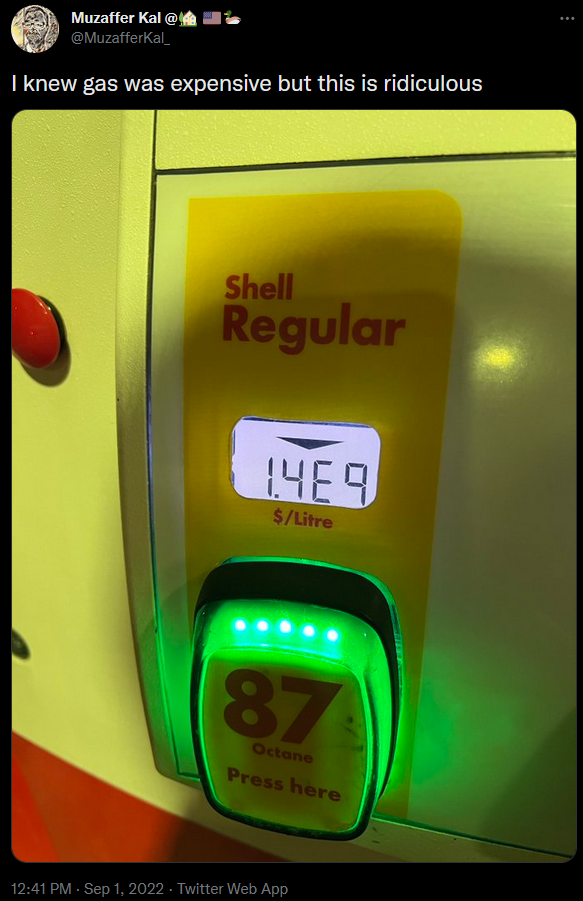Bayes’ Rule
In the previous section, we studied conditional probability
Another look at conditional probability is
Moreover, if we consider how if event
Staring with the conditional probability formula
A Deep Dive
An executive has their blood tested for boneitis. Let
Assume a prior probability of
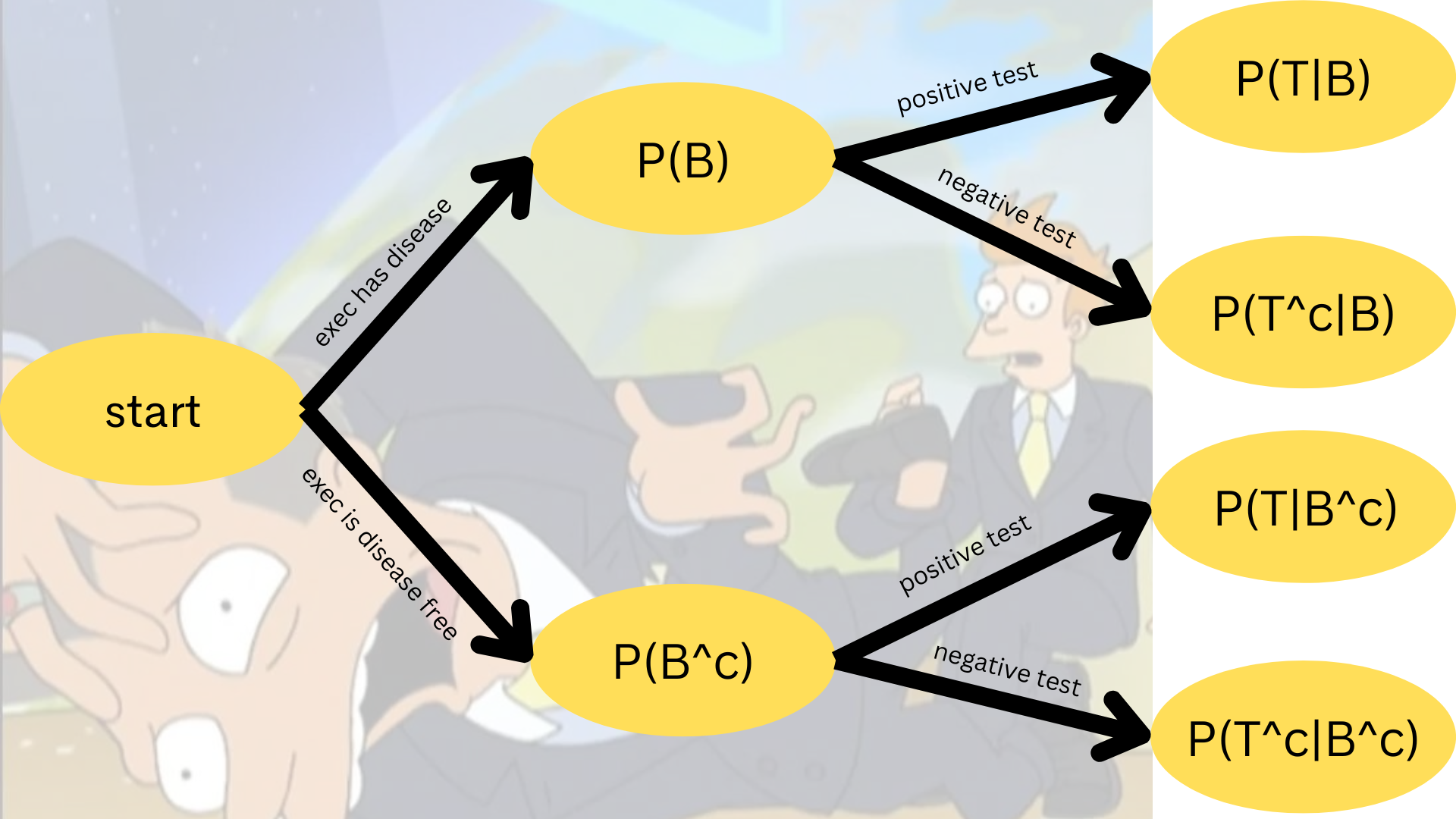
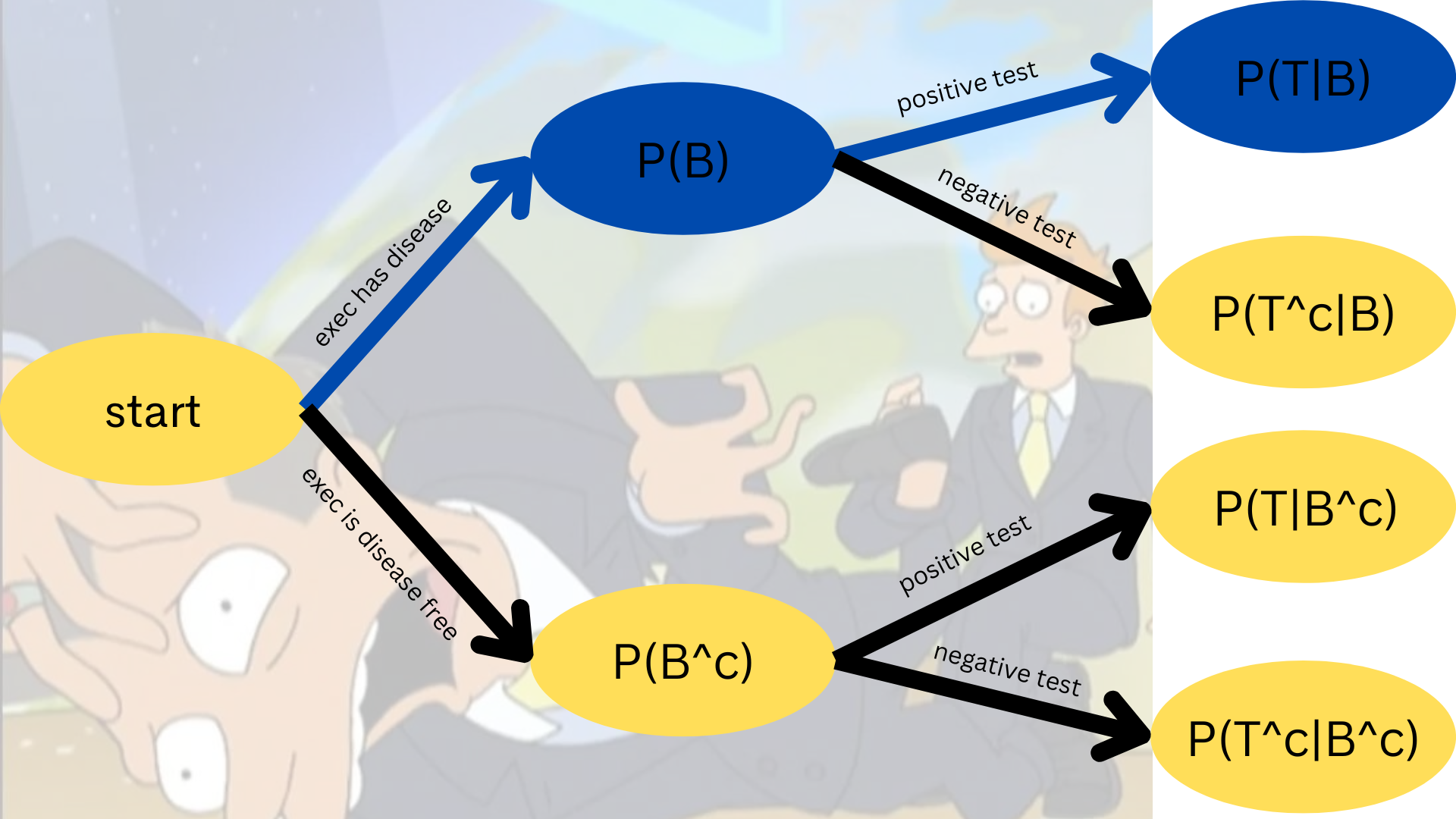
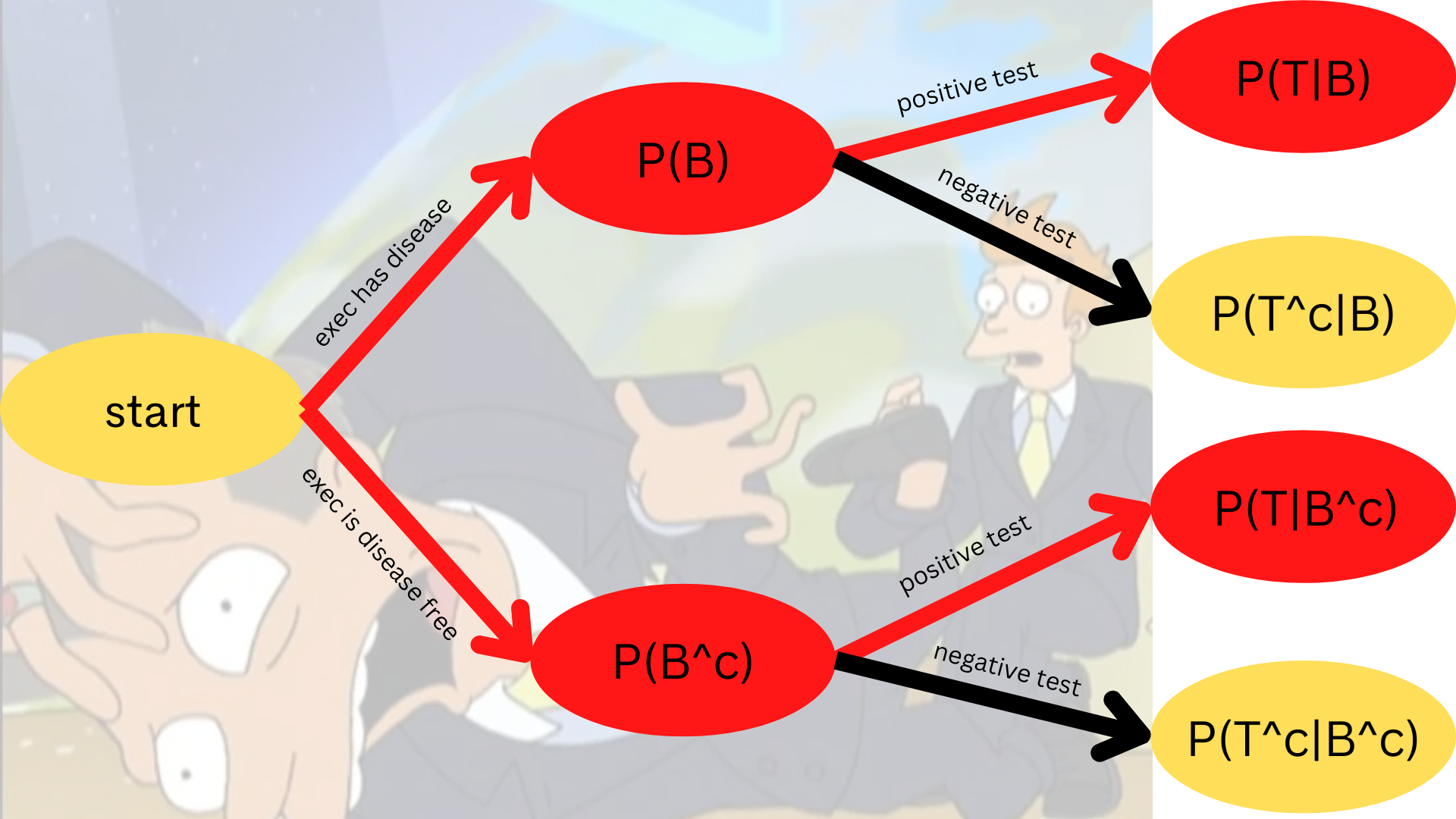
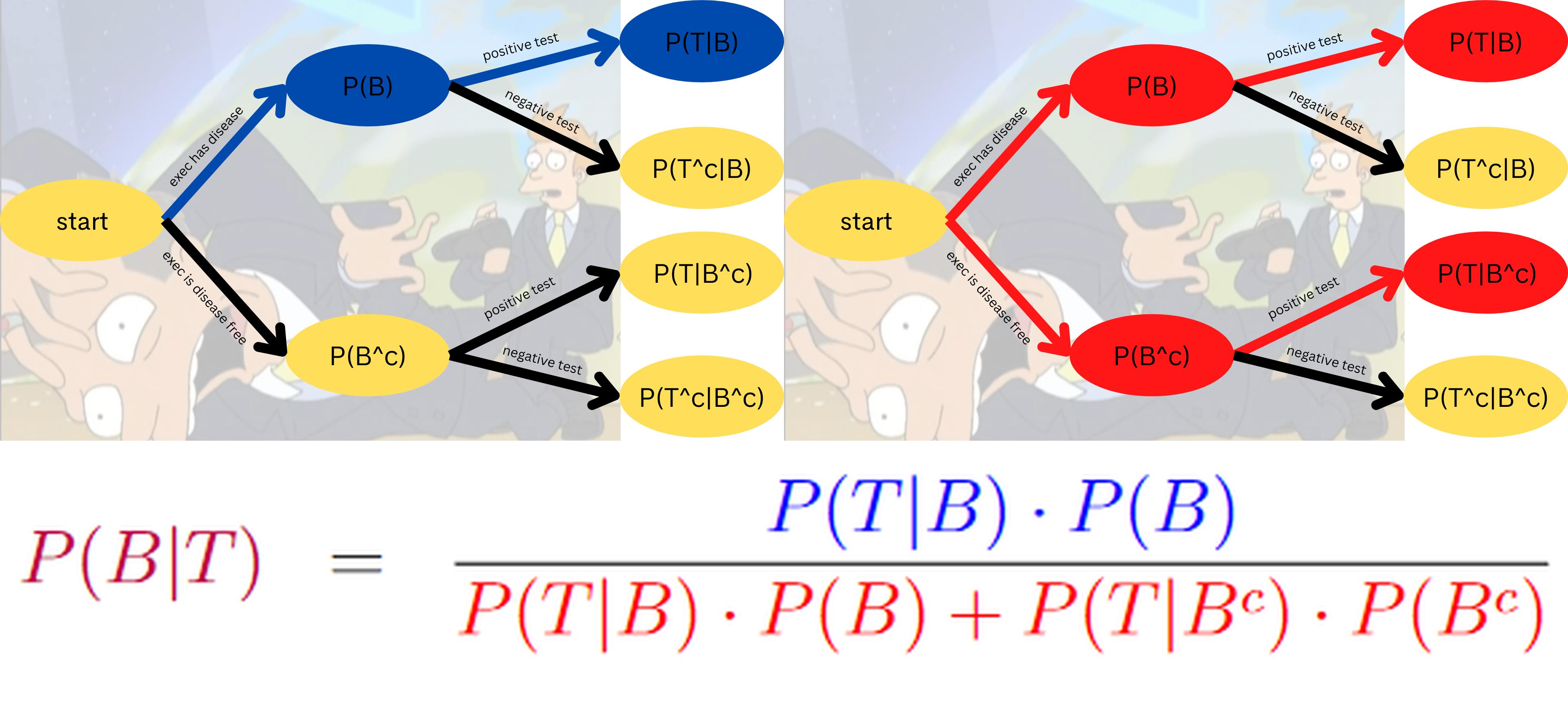
More Practice
An executive has their blood tested for boneitis. Let
Assume a prior probability of

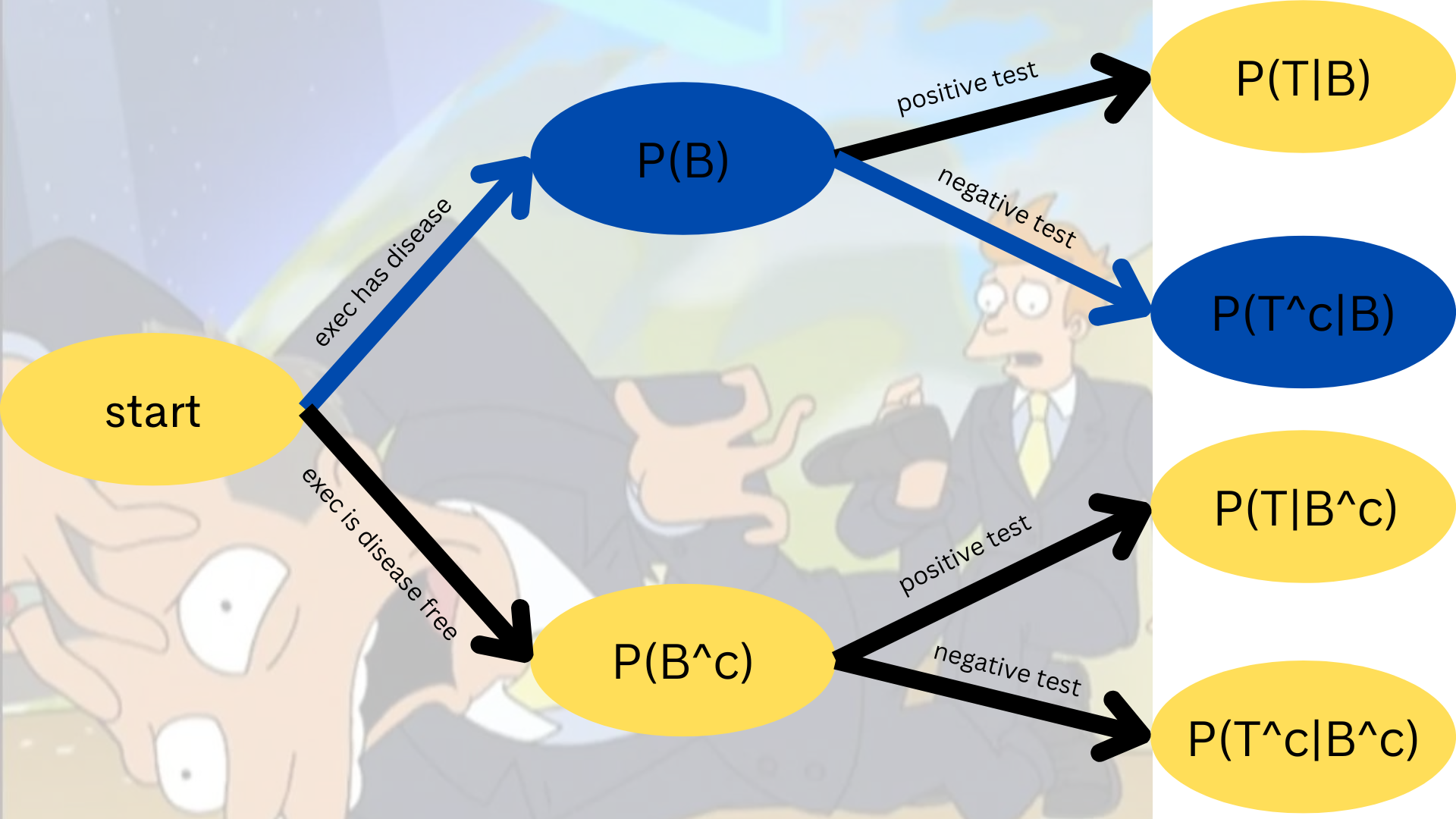
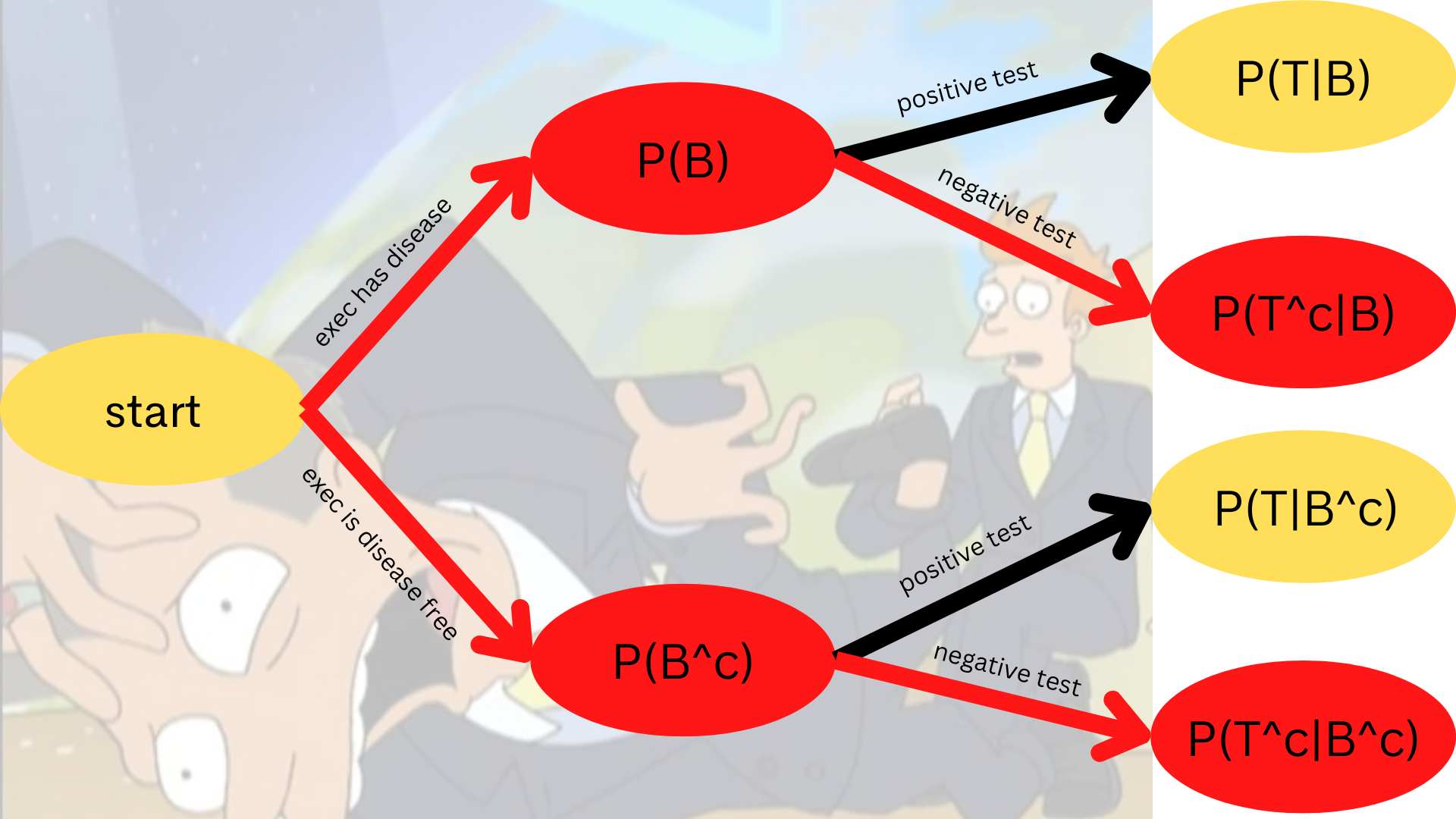
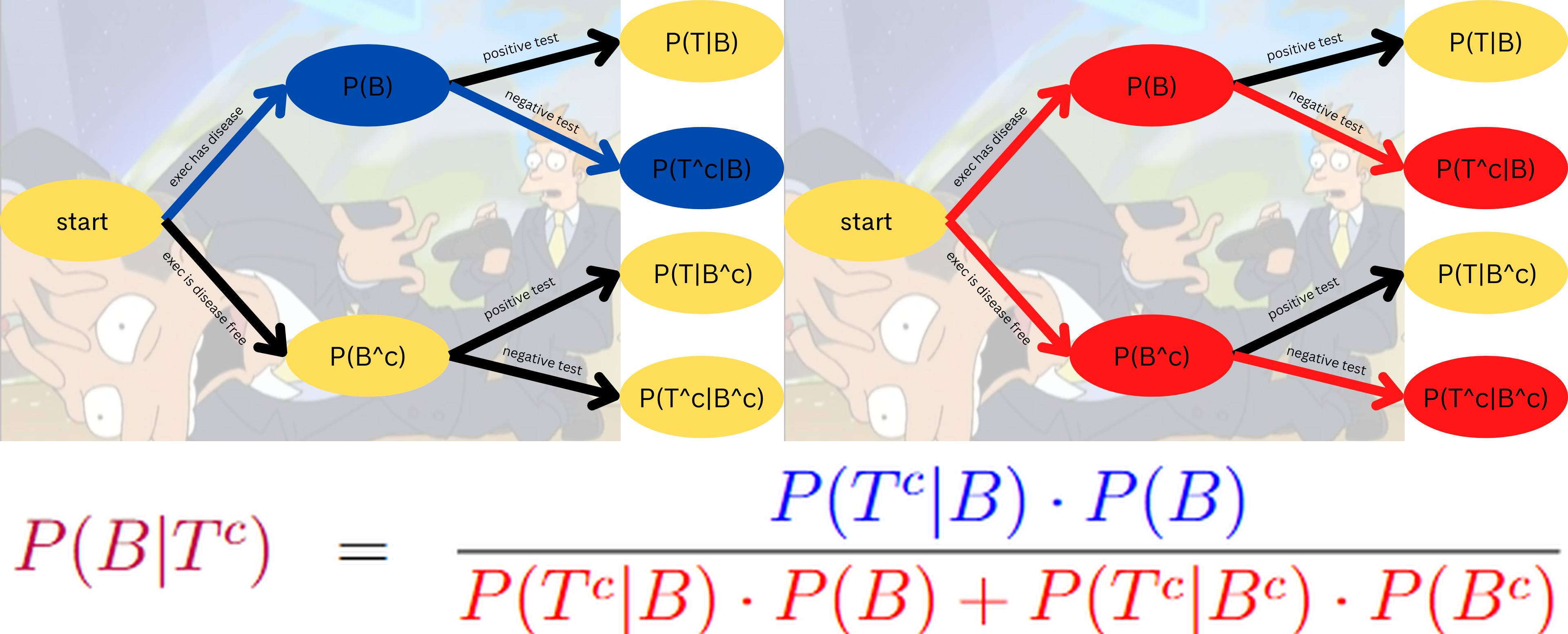
Example: Monty Hall Problem
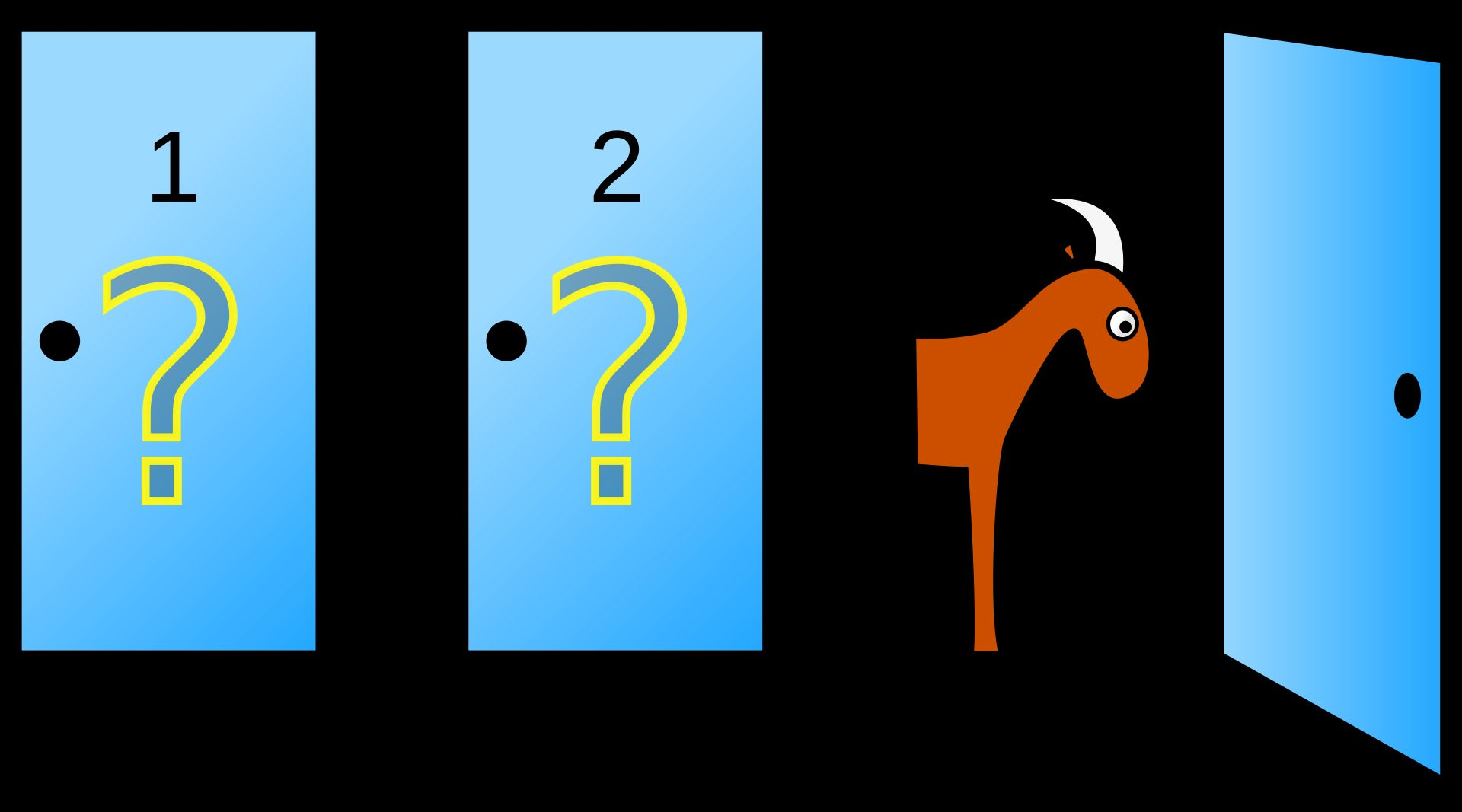
Monty Hall asks you to choose one of three doors. One of the doors hides a prize and the other two doors have no prize. You state out loud which door you pick, but you don’t open it right away.
“Monty opens one of the other two doors, and there is no prize behind it.“At this moment, there are two closed doors, one of which you picked. The prize is behind one of the closed doors, but you don’t know which one. Monty asks you, ‘Do you want to switch doors?’”
- switch doors
- do not switch doors
Looking Ahead
- due Fri., Jan. 27:
- WHW2
- JHW0
- CLO (survey)
- and the before-lecture quizzes
Exam 1 will be on Wed., Mar. 1
